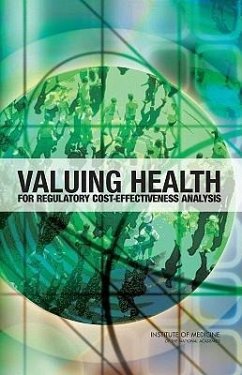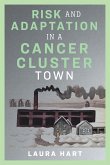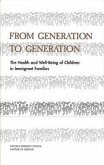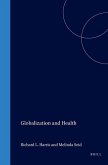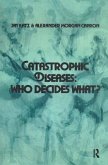Promoting human health and safety by reducing exposures to risks and harms through regulatory interventions is among the most important responsibilities of the government. Such efforts encompass a wide array of activities in many different contexts: improving air and water quality; safeguarding the food supply; reducing the risk of injury on the job, in transportation, and from consumer products; and minimizing exposure to toxic chemicals. Estimating the magnitude of the expected health and longevity benefits and reductions in mortality, morbidity, and injury risks helps policy makers decide whether particular interventions merit the expected costs associated with achieving these benefits and inform their choices among alternative strategies. Valuing Health for Regulatory Cost-Effectiveness Analysis provides useful recommendations for how to measure health-related quality of- life impacts for diverse public health, safety, and environmental regulations. Public decision makers, regulatory analysts, scholars, and students in the field will find this an essential review text. It will become a standard reference for all government agencies and those consultants and contractors who support the work of regulatory programs.
Hinweis: Dieser Artikel kann nur an eine deutsche Lieferadresse ausgeliefert werden.
Hinweis: Dieser Artikel kann nur an eine deutsche Lieferadresse ausgeliefert werden.
